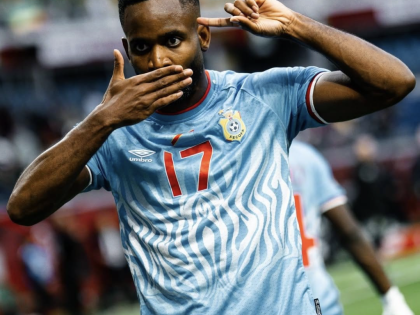A familiar narrative about Madagascar
As part of our series on how Western filmmakers portray African countries and people, a piece on the children's film, "Madagascar."

People leaving Antananarivo, Madagascar during the COVID-19 pandemic. Image credit Henitsoa Rafalia for the World Bank via Flickr CC.
If you thought a children’s film could escape the exaggerated eye roll of this cultural critic, then think again. I found the 2005 animated film “Madagascar” to be as problematic as any live–action adult flick—if not more—simply because it promotes a “West and the rest” mentality in our young people.
“Madagascar” is the story of four animals who escape or are removed from the Central Park Zoo in Manhattan. They wind up in wooden crates aboard a ship hijacked by penguins. The ship runs aground on Madagascar, a small island nation off the east coast of Southern Africa.
At the zoo, the animals have access to all the modern world’s luxuries, including dinner served every night on a silver platter. However, Marty the Zebra (voiced by Chris Rock) is discontent with cosmopolitan life and thrilled at the possibility of adventure and freedom in “the wild.” He gets his wish in Madagascar. The primitive nature of the island is such that the skeletal remains of a plane wreck are the only reminder that humans, modernity, or civilization exist.
Does this narrative sound familiar?
European explorers and colonizers alike conceptualized wild Africa as the ultimate freedom from the stiff moral confines underway in Europe at the height of colonization. Europeans went to Africa to “feel free” and conquer the wild. Unfortunately, the same imperialist sentiments are recited repeatedly in the film’s character dialogue and soundtrack. The characters talk about “the wild” spaces of Africa as if they are still just as dark as Conrad’s described “Heart.” The use of lighting, color, and the representations of “native” island animals as either savage or crazy support this dichotomizing colonial narrative.
The lighting in the scene where the zoo animals first encounter the native lemurs is crucial to this binary. The lemurs have created a dance club atmosphere under the dark canopy of the jungle, and they are dancing wildly to I Like to Move It by Reel to Real. They are lit at a low angle by a glowing flower that casts large flickering shadows of the creatures on the surrounding tree life. Coupled with the music, the shadows designate this ‘other’ space as exotic and exciting. What is ultimately also being described is the normalcy of known spaces – the Western model of modernity: New York.
The urban landscape of Manhattan is juxtaposed against the jungle island through color. Manhattan is represented by browns and grays—drab colors—while Madagascar’s palette is full of rich greens.
Like all tales of the white man in Africa, the protagonist, in our case, Alex the Lion (voiced by Ben Stiller), must be challenged by the perilous jungle to prove his resilience and enterprise. Without identifiable food on the island, Alex the Lion “goes savage.” His hair becomes kinky, and he inexplicably lusts after Marty the Zebra’s rear end. However, Alex ultimately snaps out of his “savage” trance to save his friends from the foosa (the island’s unsophisticated predators), thus proving that he is far more resilient than any native animal could be.
It doesn’t take a microscopic reading to see that Madagascar is a colonial narrative. To promote the idea of Western normalcy, the West is represented as the norm, and Africa is represented as savage and exotic. The only thing that makes this worn-out binary interesting in Madagascar is the comedy it’s cloaked in.



















